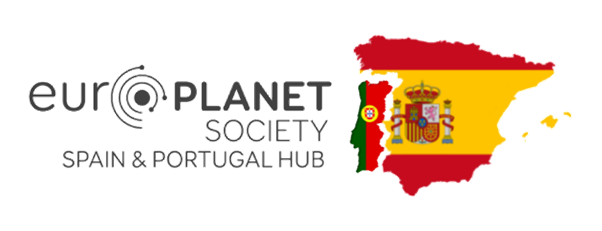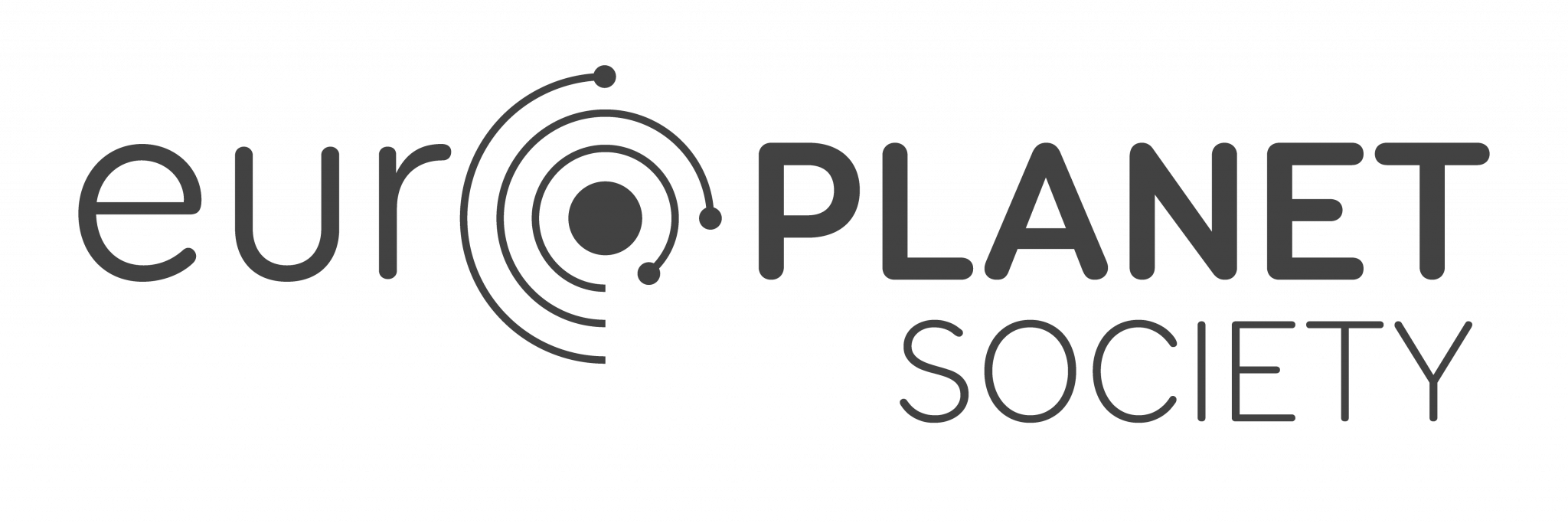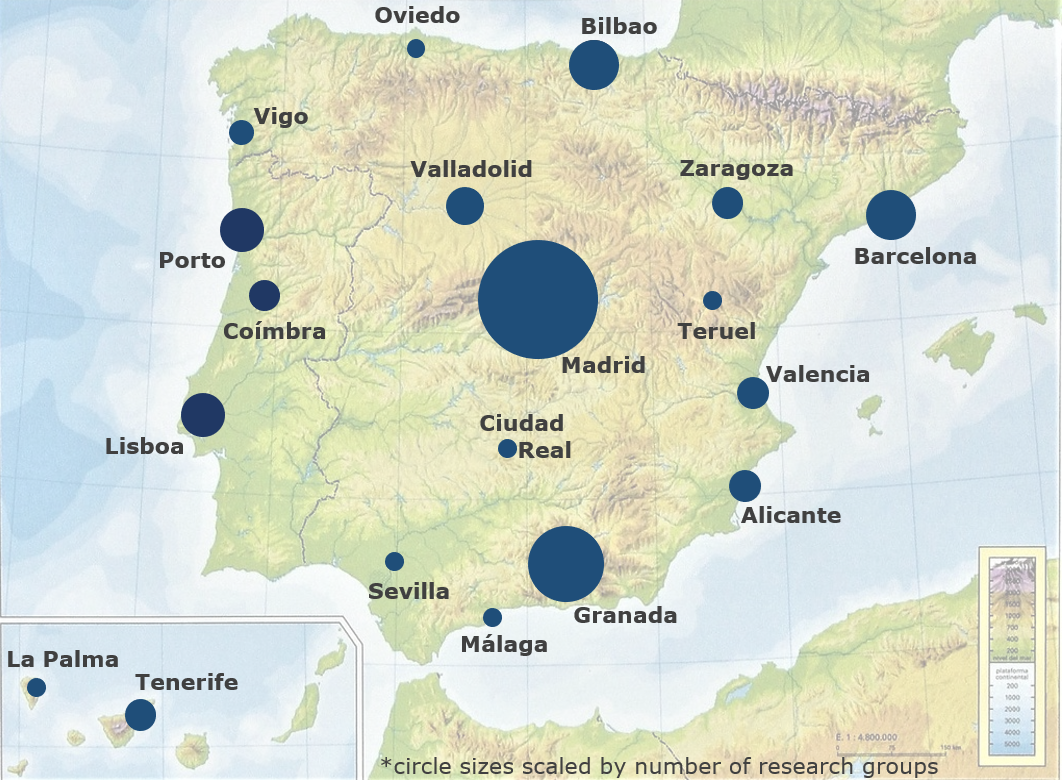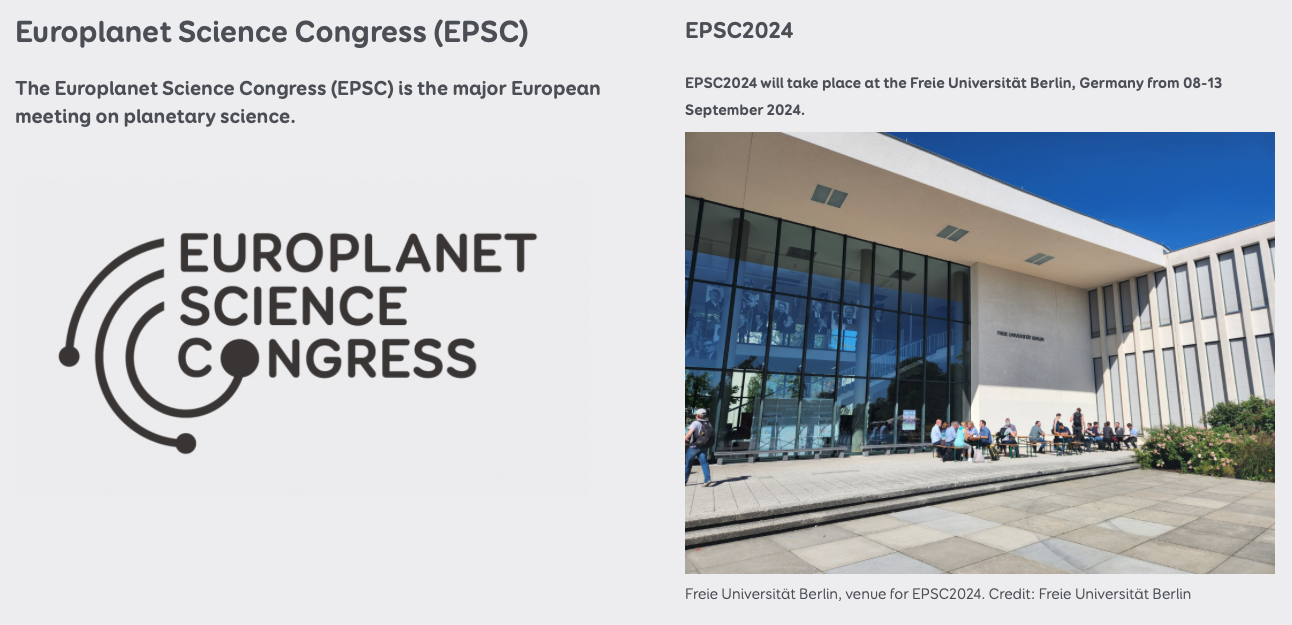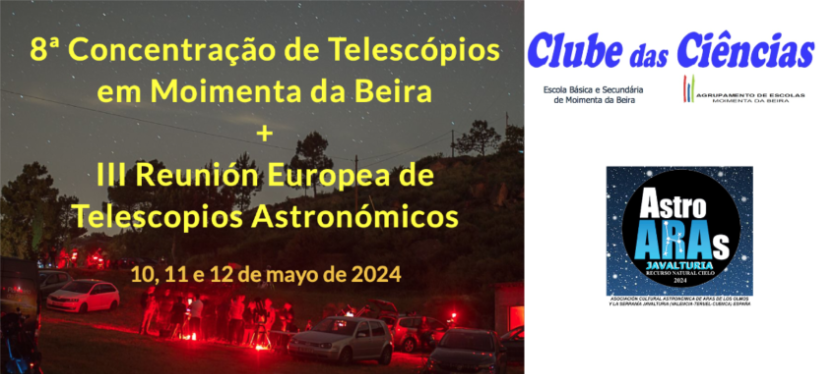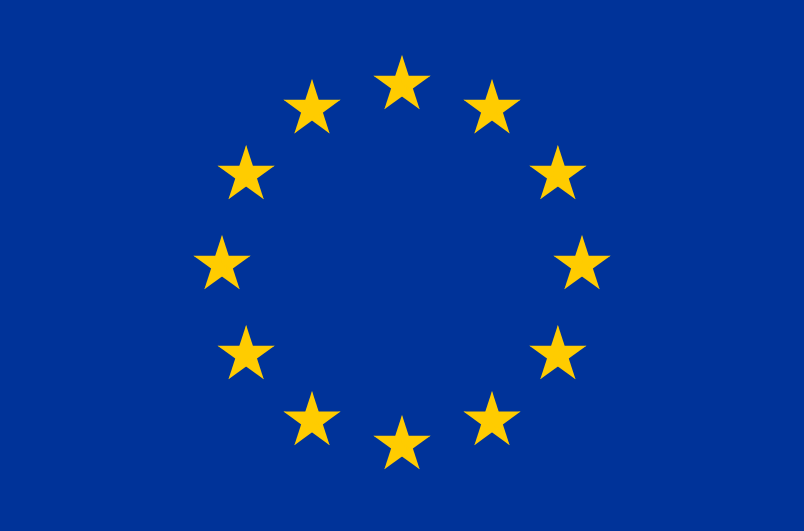Space
Exploration
Outreach
Activities
Facilities
Ground Based Telescopes
Networking
Hub Activities
Members
Europlanet Society
Amateur
Community
Planetary Sciences
in Spain and Portugal
Scientific
Conferences
Industry
& Stakeholders
Join
Europlanet Society
Europlanet Iberian Hub
The Europlanet Spain & Portugal Hub is the Iberian node of the Europlanet Society. Its main objective is to support the Spanish and Portuguese planetary science community, promoting the collaboration between all scientific and technology development institutions and research groups, reinforcing the participation of Iberian scientists and engineers in national and international space research programmes.
Spanish and Portuguese planetary science community
The Iberian Planetary Science Community has over >400 members, planetary researchers and engineers, distributed accross >70 research groups, and >30 institutions.

The Europlanet Society is an international association with the purpose of promoting planetary sciences, solar system exploration and any other related field for the benefit of the planetary science and technology development community, by encouraging the creation of new knowledge, promoting education, stimulating innovation, and enhancing accessibility and transparency. The Society is the parent body of the Europlanet Scientific Congress (EPSC), the largest annual meeting on planetary science in Europe.
The Europlanet Spain & Portugal Hub, is the Iberian node of the Europlanet Society. Its main objective is to support the Spanish and Portuguese planetary science community, with >400 planetary researchers and engineers, promoting the collaboration between all scientific and technology development institutions and research groups, reinforcing the participation of Iberian scientists and engineers in national and international space research programmes.
The Europlanet Spain & Portugal Hub Coordination Committee is composed by:
- Chair: A. Cardesín Moinelo (ESAC)
- Vice-Chairs: R. Hueso (UPV) / P. Machado (IA-Lisbon)
- Secretary: S. Fernández Menéndez (UniOvi)
- EPS Board Representative: J. De Leon (IAC)
- EPS Research Infr. Rep.: F. Gómez-Gómez (CAB)
- Representative Spain: P. Benavidez (UA)
- Early Career SP: D. Morate (CEFCA)
- Policy Officer SP: C. García Sacristán (AEE)
- Industry Officer SP: A. Catalán (PAE)
- Outreach & Comm. SP: J. Á. Vaquerizo (ISDEFE)
- Representative Portugal: P. Machado (IA-Lisbon)
- Early Career PT: D. Espadinha (IA-Lisbon)
- Policy & Industry Officer PT: Marta Gonçalves (PT Space)
- Outreach & Comm. PT: Joao Retre (IA-Lisbon)
- Amateur Community : J. Álvaro (FAAE/AstroCuenca)
- Diversity Officer: L. Parro (UA) / M. Ruiz-Perez (CAB)
- Space Ethics: S. Pérez-Hoyos / J. Hdez-Bernal (UPV)
- Instrumentation & Tech. Dev.: A. Moral-Inza (INTA)
- IberoAmerica: P. Benavides, A. Cardesin, R. Duffard, D. Morate
Contact: spainportugal (at) europlanet-society.org
Del 8 al 13 de septiembre - Berlín
On 15th July 2024 we organized a dedicated planetary science session, various symposia and a splinter meeting during the XVI Scientific Meeting of the Spanish Astronomical Society in Granada, to debate the latest news of our Spanish planetary science community.
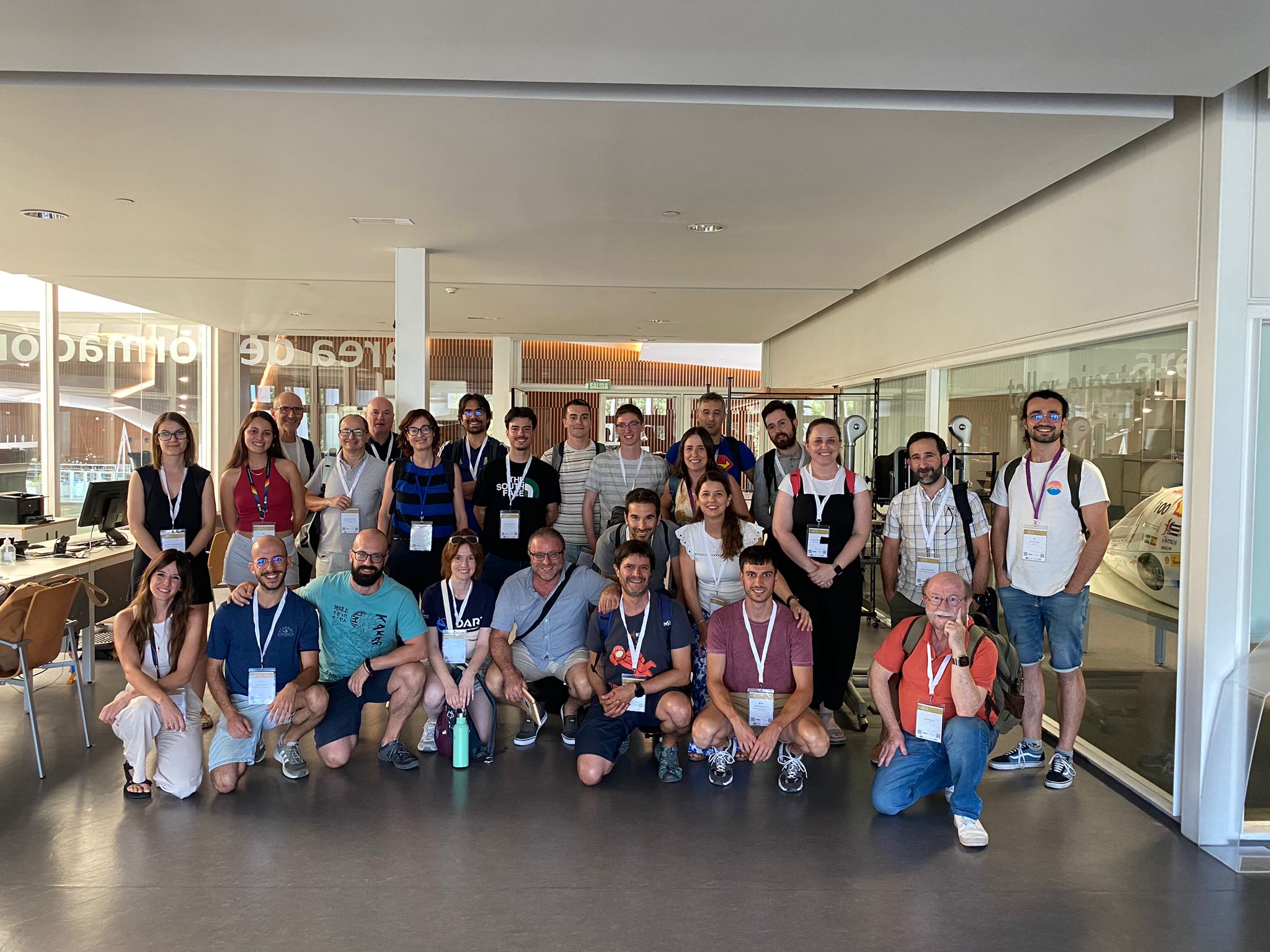
Jordi Camarasa, a Spanish amateur astronomer, co-discovered a comet on November 5, 2023 from the remote observatory “Moonbase” located in Namibia, an observatory he shares with his Polish colleague Grzegorz Duszanowicz. Both astronomers have been collaborating together on the Comet and Neo Searching Project since 2022.
The new comet, confirmed by the Minor Planet Center, has received the designation C/2023 V4 (Camarasa-Duszanowicz). As luck would have it, Jordi was the first to detect it and report it to the MPC, hence his name comes first in the name.
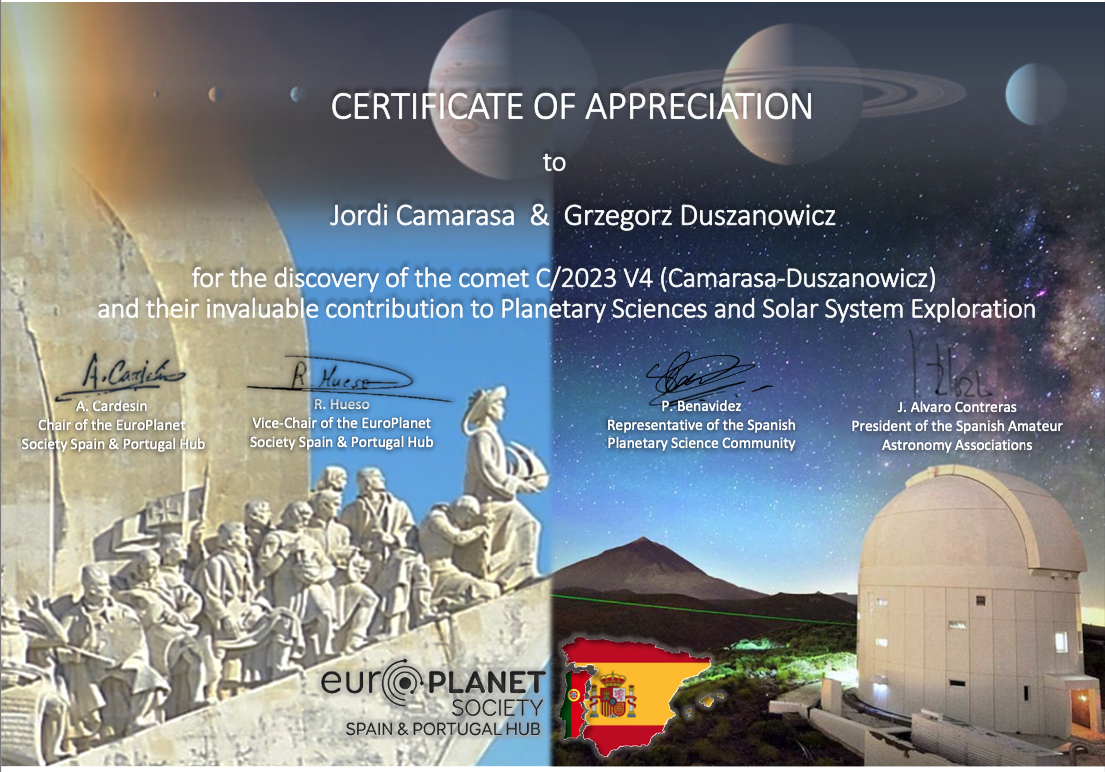
The Europlanet Iberian Hub is proud to announce the winners of the first planetary early-career prizes in Spain & Portugal:
"Abraham Zacut" Award
|
|
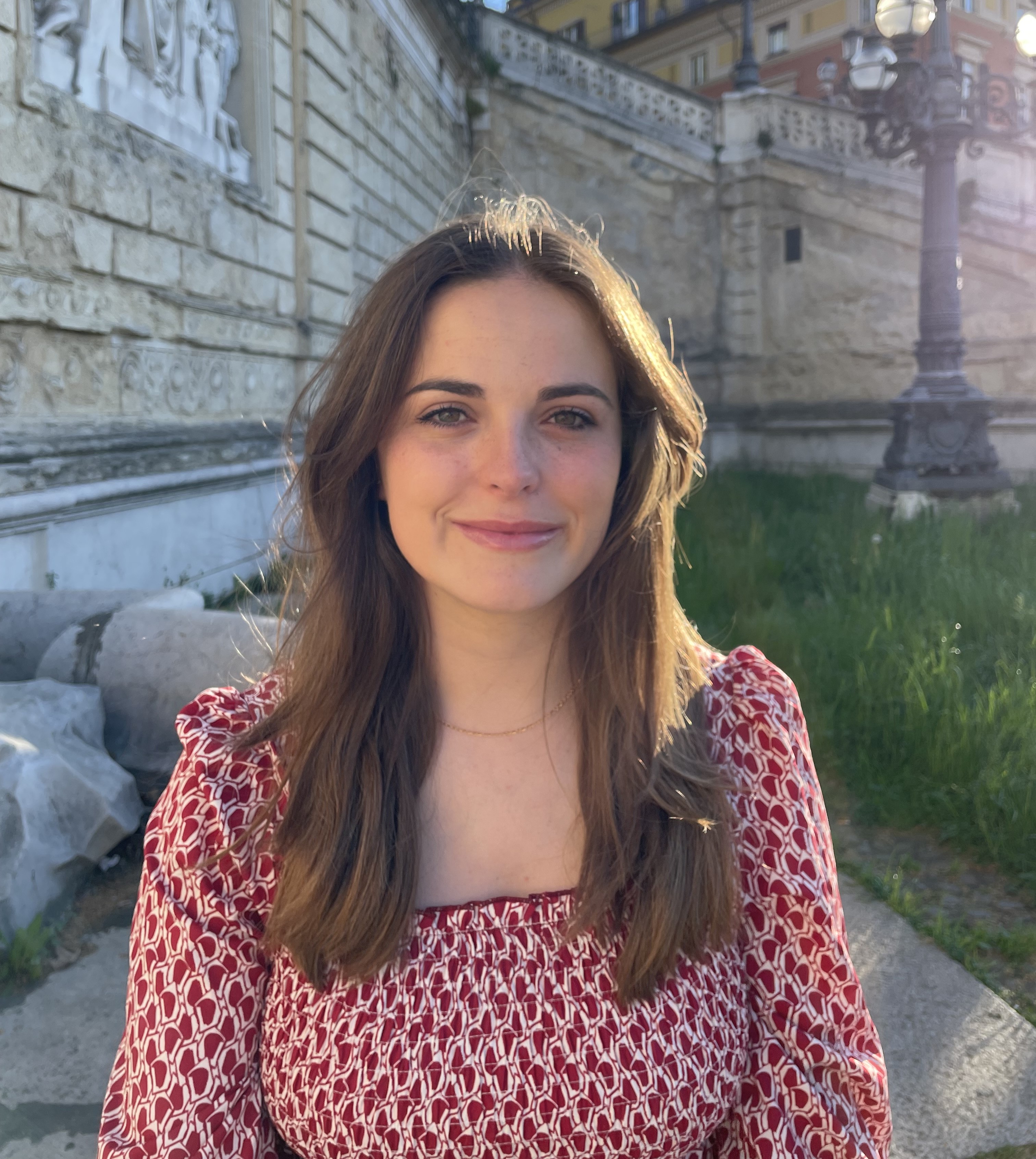 |
|
"Pedro Nunes" Award
|
|
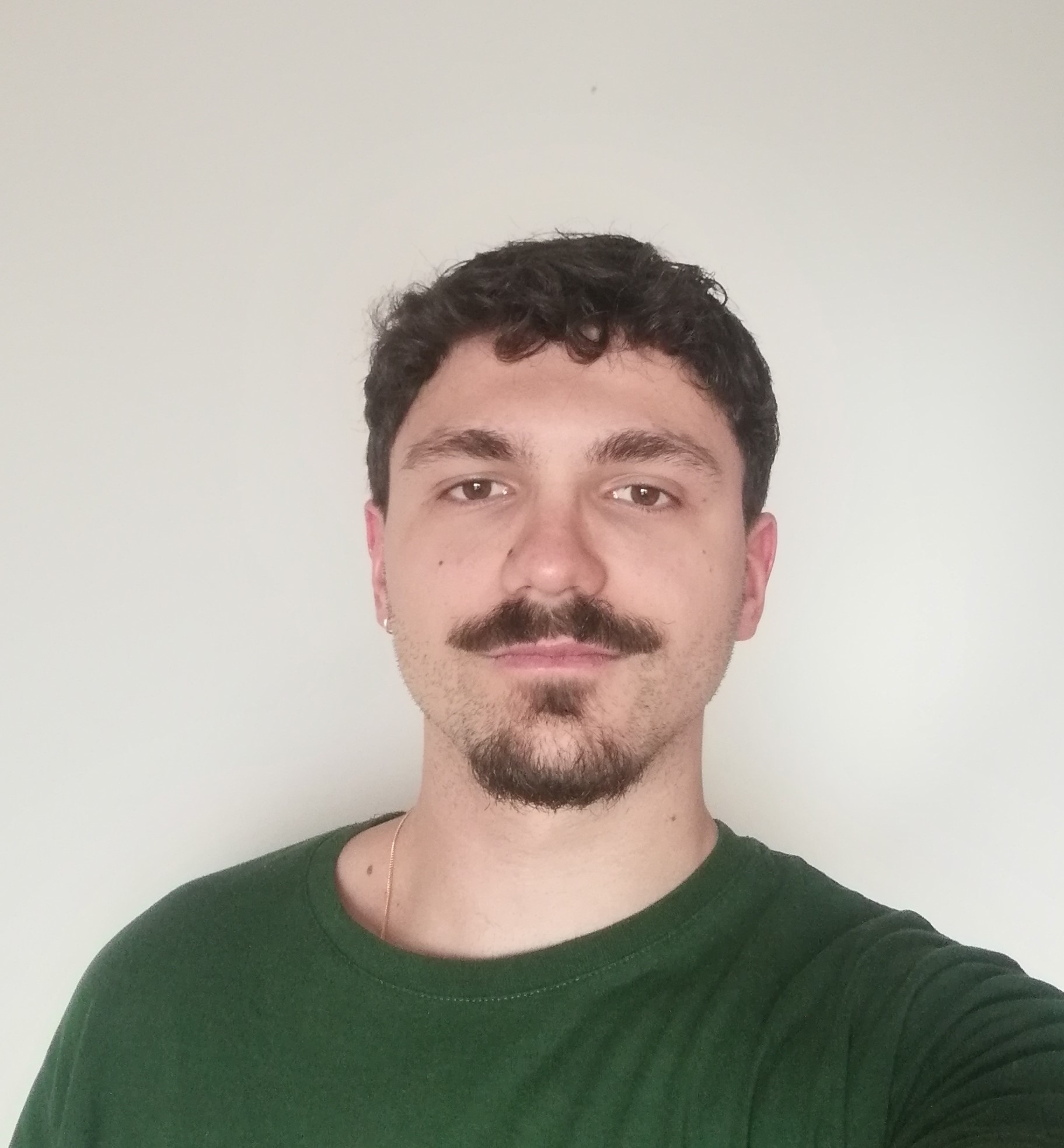 |
|
These awards are named after historical astronomers from Spain and Portugal, who lived and worked in both countries, serving as role models of Iberian synergy and collaboration. Their astronomical and instrumental contributions played a key role in the maritime navigation era and enabled historical discoveries of planetary importance.
We thank all the candidates for their participation and for the high quality of the works presented in this competition, which we hope will serve as motivation for the new generation of planetary scientists and engineers in Spain and Portugal.



